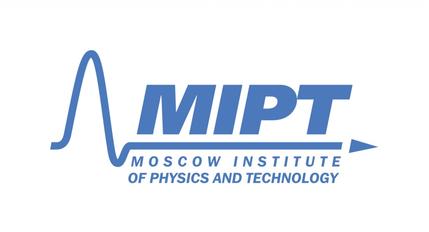During the operation of a nuclear fission reactor in a nuclear power plant, fission fragments crash trough the crystal lattice of the nuclear fuel creating defects such as vacancies, interstitial atoms and their clusters. The vacancies combine together to form bubbles that fill up with fission produced gas during the burning of the nuclear fuel. These “nanobubbles” have a significant effect of the properties of the nuclear fuel and the release of gaseous fission products from the fuel.
The processes connected to the aging of nuclear fuel are difficult to research experimentally. Such aging processes are very slow and gathering experimental during the operation of the reactor is very difficult if not impossible. In order to deal with this problem, integrated models are currently being developed in order to calculate the evolution of nuclear fuel material properties during the burning of nuclear fuel. The diffusion coefficients of the nanobubbles is one of the important parameters for such models. The Moscow Institute of Physics and Technology (MIPT) and the Joint Institute for High Temperatures (JIHT) of the Russian Academy of Sciences are working on such integrated models.
Researches from the Laboratory of Supercomputer Methods in Condensed Matter Physics at MIPT investigated atomistic models of nuclear fuel involving hundreds of thousands of atoms. Using their supercomputer, the researchers calculated the trajectories over hundreds of millions or even billions of integrations steps. The gamma uranium interatomic interaction model employed was obtained by the researchers as part of their previous work. That work was based on resolving the quantum mechanical problems for a multielectron system.
Alexander Antropov is an MIPT doctoral student and a co-author of the paper reporting the findings of the researchers. He said, “For the nanobubble to move, it is necessary for the lattice atoms to cross over to the other side of the bubble. This is similar to an air bubble moving in water. However, in solid materials, this process is much slower. When working on the project, we demonstrated that there is another difference: The pores in the lattice take the form of polyhedra and the stable faces inhibit the diffusion process. In the 1970s, the possibility of such an effect was predicted theoretically based on general considerations. Our method makes it possible to obtain quantitative results for a specific material.”
Vladimir Stefgalilv is the head of the MIPT Laboratory of Supercomputer Methods in Condensed Matter Physics. He said, “Due to the fact that the diffusion of nanobubbles is very slow, the only real way to model their movement is to somehow give them a push. The problem, however, is how do you push a void? While working on the project, we proposed and established a method, in which an external force acts on the material surrounding the nanopore. The bubble begins to float upwards, similarly to a bubble in water under the buoyant force of Archimedes’ principle. The proposed method is based on the Einstein-Smoluchowski relation and makes diffusion coefficient calculations dozens of times faster. In the future, we plan to use it for other materials that are exposed to severe radiation damage in nuclear reactors.”
